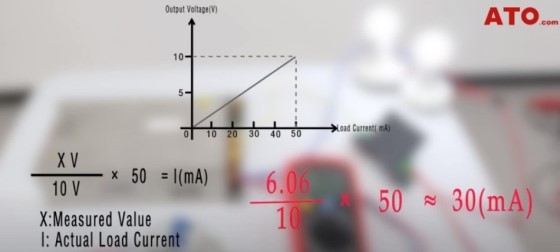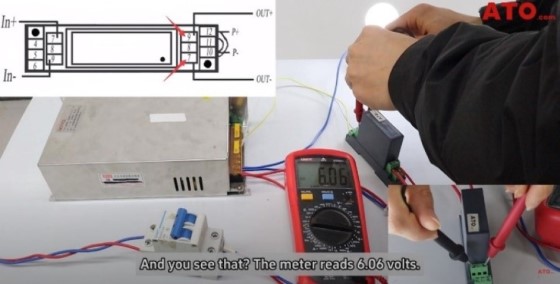How to Measure Current with an AC Current Sensor?
AC current sensor, also known as AC current transducer, is a device used to detect alternating current (AC) flowing in a circuit. It senses the information of the measured AC current and transforms it into electrical signals or other required forms of information output according to certain rules, to meet the requirements of information transmission, processing, storage, display, recording, and control. It is the primary component for achieving automatic detection and control.
The output signal of an AC current sensor is typically a voltage signal proportional to the input current. Therefore, the magnitude of the input current can be determined by measuring the output voltage. The output signal can be connected to data acquisition systems, instruments, or controllers to measure and control the current. AC current sensors are characterized by a wide measurement range, high accuracy, fast response time, and strong anti-interference ability, making them widely used in various fields. They are extensively applied in power systems, industrial automation, motor control, and power load management, among other areas. Next, ATO store will demonstrate how to use an AC current sensor to make AC current measurement.
What do we need to prepare
We need to prepare the following products.
- 24V Power Supply
- AC Current Sensor (0-50mA)
- Digital Multimeter (ATO-MLT-6243)
- Load (two light bulbs)
How to measure
- The two light bulbs used here are required to be connected in parallel before being included into the circuit.
- Wire the current sensor to the single power supply. The positive pin connects to terminal 12 of the sensor, and terminal 10 connects to the zero pin of the supply.
- Join the load to the circuit. Feed a red AC line through the sensor via screw terminals 1 and 3, and the bulbs will draw current that feeds through here.
- Connect a circuit breaker in series in the AC supply to control the circuit, ensuring that the feeding current does not go outside the range of the input of the sensor.
- Turn on the power supply and take in the current now that our circuit is complete. You'll see the lights go on. Then, set the multimeter to the DC 40 volts scale by turning the rotary selector.
- With the meter set to the voltage setting, proceed to connect the red probe to terminal 9 and the black COM probe to terminal 7, and then the meter reads 6.06 volts.
How does that work out
As the sensor is engineered to offer a voltage proportional to the current, and considering the output voltage ranges between 0 and 10 volts, we calculate the actual current value. By dividing our measured 6.06 volts by the maximum 10 volts and then multiplying by the current rating of the device, which is 50mA, we ascertain the current value. This computation yields approximately 30mA. In summary, this current sensor proves highly beneficial for accurately monitoring the flow of AC current as you energize the load.

If you want to know more details about how to measure current with an AC current sensor, please click the video below.


